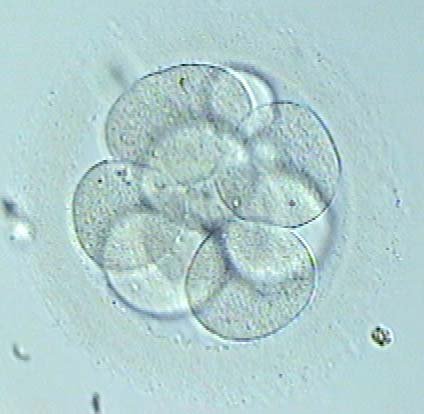Evidence for a new embryo classification system : Conclusions after studying 3000 embryos, from own egg and from donor cycles. Research presented at the recent ASRM conference.
28-10-2013

The embryo classification criteria established by the Committee of Experts of Istanbul in 2011 is used unanimously in all assisted reproduction centers . These criteria are based on morphological assessments of the embryos and the development during the days of embryo culture . It establishes four categories: A, B, C and D. A and B are the highest classification, C medium quality and D low quality.
This study evaluated the results of 1725 IVF / ICSI cycles with a patients’ own eggs and 1323 with donated oocytes. It was observed that the use of the embryo classification criteria could be reassessed based on the origin of the oocyte .
Comparing results in embryo transfers with own eggs to donor eggs, embryos of optimal quality (A and B) showed no differences in implantation rates , which means that for high quality embryos the results are comparable . However, when we focus on embryo medium or low quality , C and D respectively, we observed differences in the results, with the much higher implantation rates when embryos came from donor eggs. This could be explained by the high potential of donated oocytes and should be taken into account in the decisions leading to transfers , since embryos classified as medium quality possess significant potential, which in certain situations could involve an increase of multiple gestations or provide a second chance with vitrification.
SHOULD EMBRYOS COMING FROM DONATED EGGS BE EVALUATED WITH THE SAME CRITERIA AS THOSE FROM OWN OOCYTES? EMERGING EVIDENCE FOR A NEW SCORE. J. Ll. Aparicio, J. Ten, D. Rodriguez, I. Ochando, J. Guerrero and R. Bernabeu.
